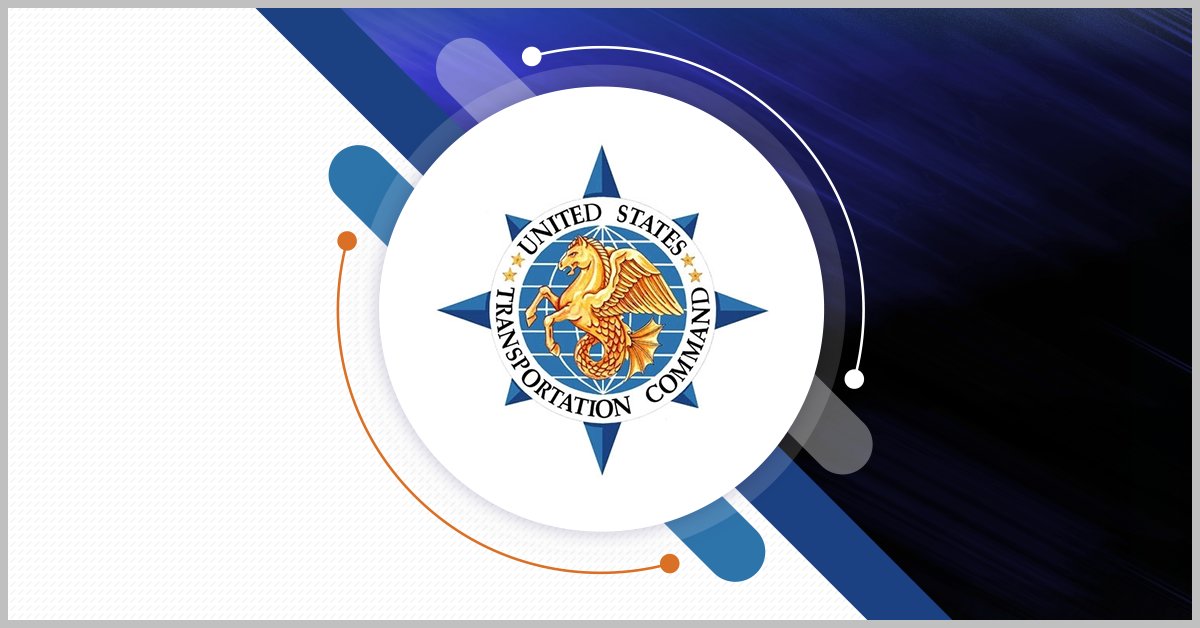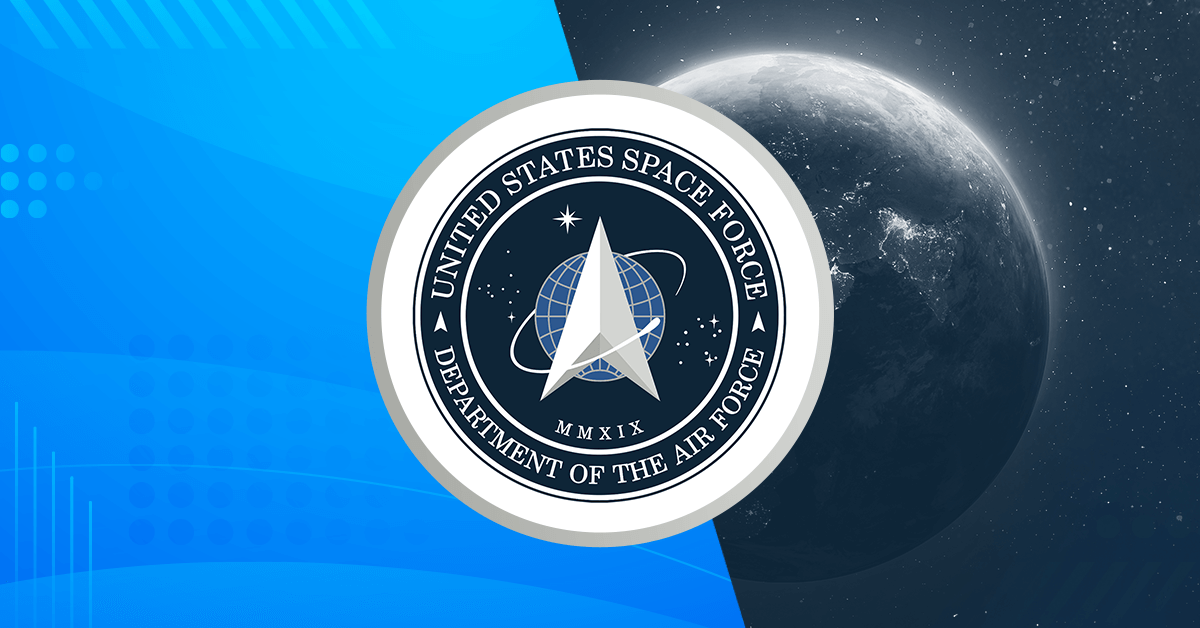U.S. Transportation Command has started soliciting offers for a potential five-year, indefinite-delivery/indefinite-quantity contract to provide enterprise architecture, enterprise data management and IT engineering services for USTRANSCOM and its transportation component commands.
According to a solicitation notice published Thursday, proposals for the Enterprise Architecture, Data and Engineering, or EADE, IDIQ contract are due Dec. 9.
The command will compete the single-award contract as a total small business set-aside program.
EADE IDIQ Contract Scope
The contract’s scope includes operational and system perspectives of command and control, transportation, planning, logistics and business support system domains.
The vendor will also provide data management, prototyping, software development, information support plan development and system administration support that enables enterprise architecture data to reside in all integrated architecture tool suites.
The contract has eight performance areas: contract and program management; enterprise architecture; enterprise data management; enterprise architecture, data and engineering tools; enterprise engineering; information support plan or enhanced information support plan; agile capability development; prototyping and research, development, test and evaluation support.
According to the notice, USTRANSCOM expects the contract’s ordering period to kick off on or around Aug. 14, 2025, and anticipates the task orders’ performance period to begin by Oct. 1, 2025.












